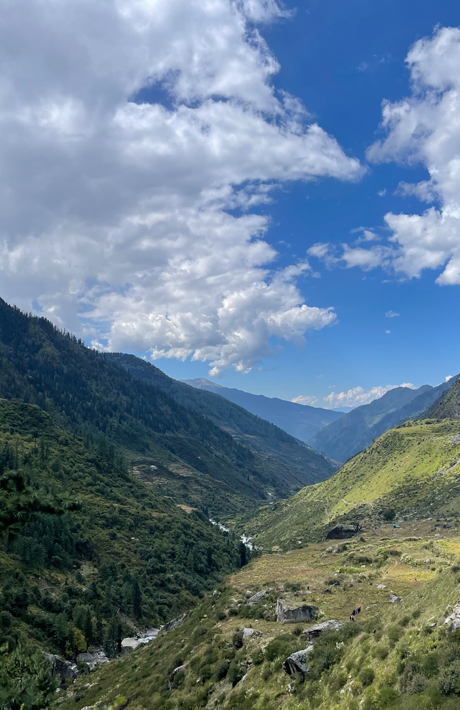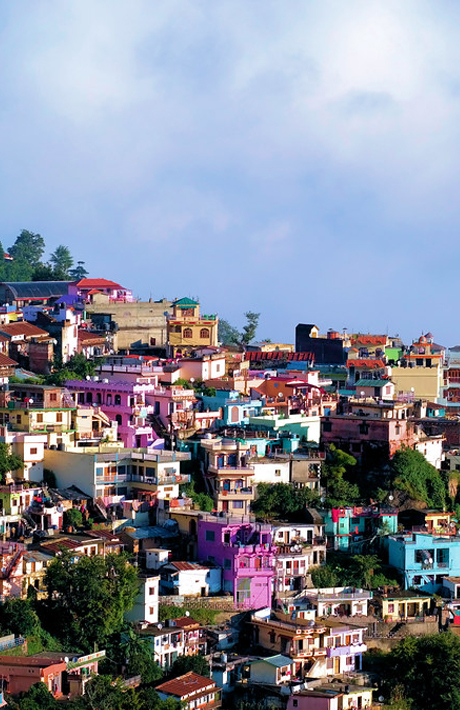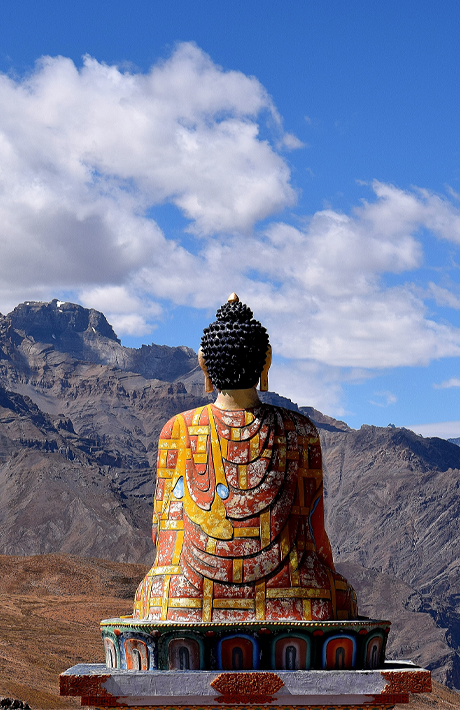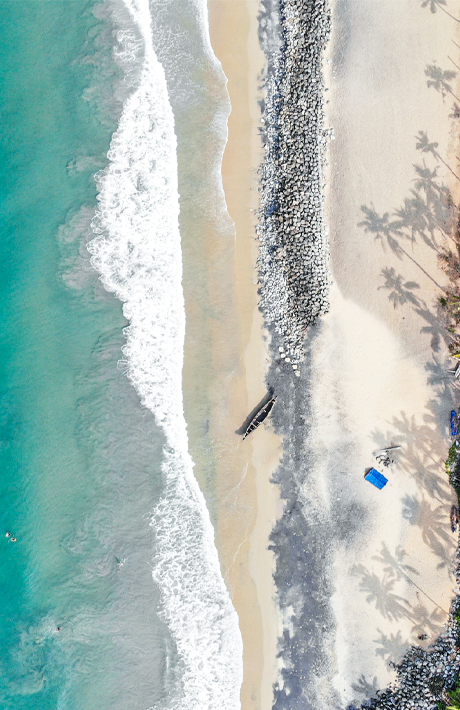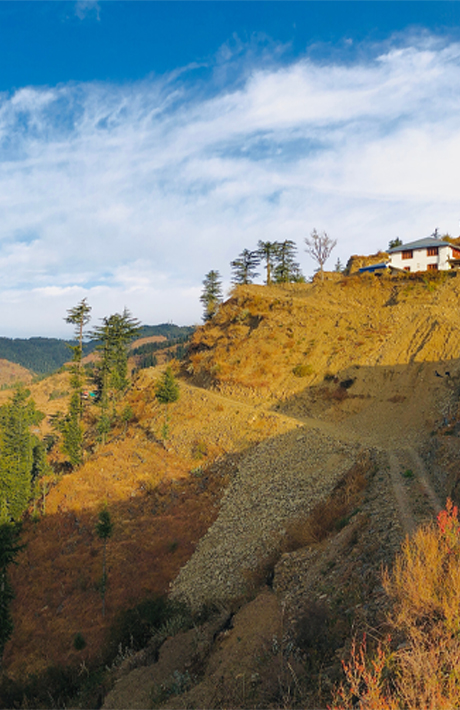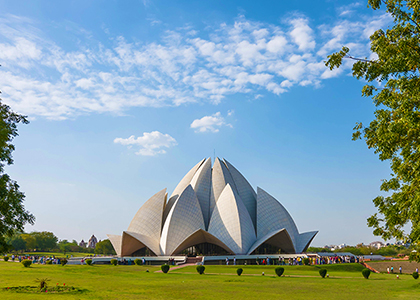
Tabo Monastery
One of the most important and historic monasteries in India is Tabo Monastery, also known as Tabo Chos-Khor Monastery, which is situated in the Tabo hamlet in the Spiti Valley in Himachal Pradesh. Since the 10th century, it has been a renowned center of Buddhist learning and cultural legacy.
Nine temples, a number of stupas, and other mud- and stone-built buildings make up the monastery complex, which is encircled by snow-capped mountains and a huge area of desert-like land. The life and teachings of Buddha, Bodhisattvas, and other deities are depicted in the gorgeous and elaborate murals, statues, and frescoes found throughout the temples.The four-story main temple also called the "Temple of Enlightened Gods," has a number of chambers and an assembly hall. Murals that show the Cycle of Life and other significant themes are painted on the walls of the assembly hall. The ancient Tabo manuscripts, which are regarded as some of the world's earliest surviving Buddhist texts, are among the priceless collection of manuscripts that are kept in the temple.
Places Information Details are subject to change
-
Tabo Monastery available on google map Click Map
-
Opening Time
- All Day :6:00 am to 7:00 pm
-
Fee Charges (INR)
- AdultFree
- ChildFree
- ForeignerFree
- StudentFree
- Senior CitizenFree


